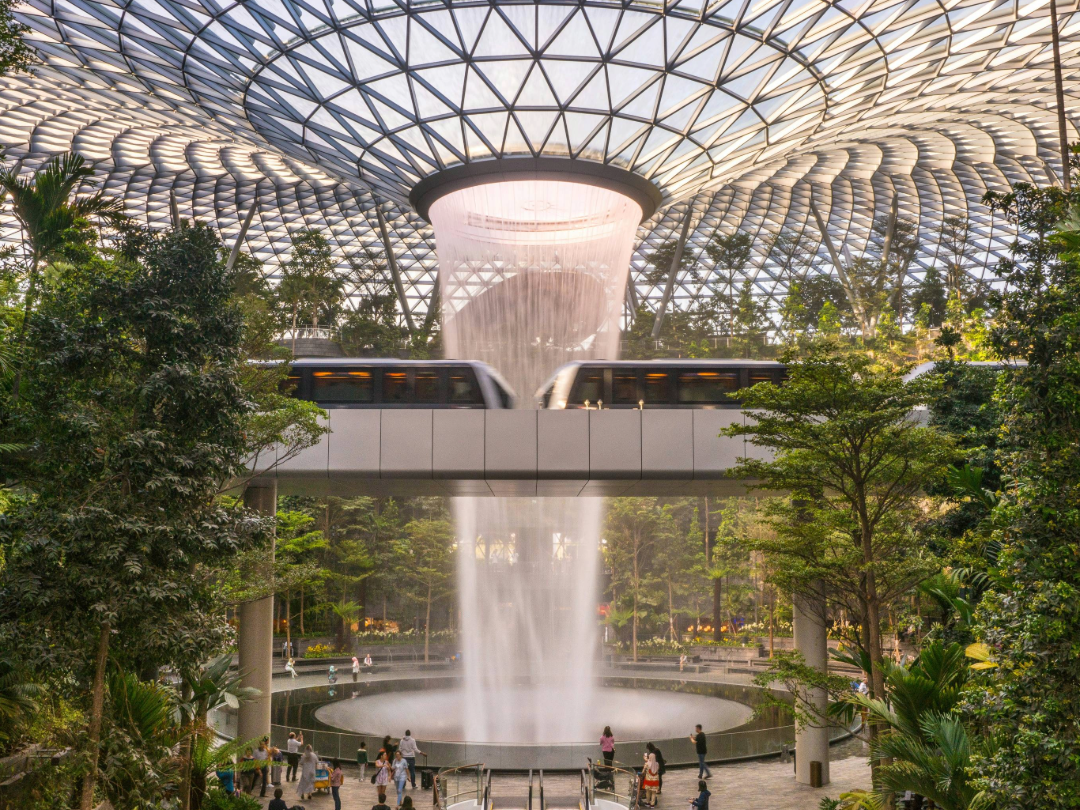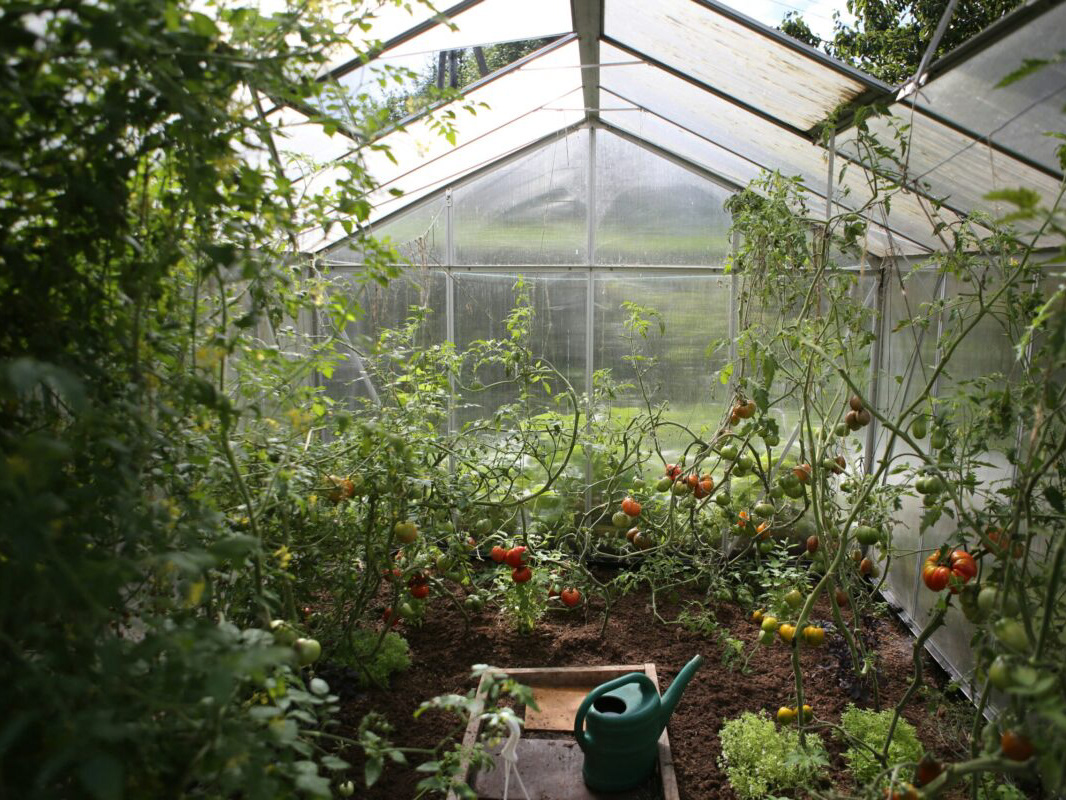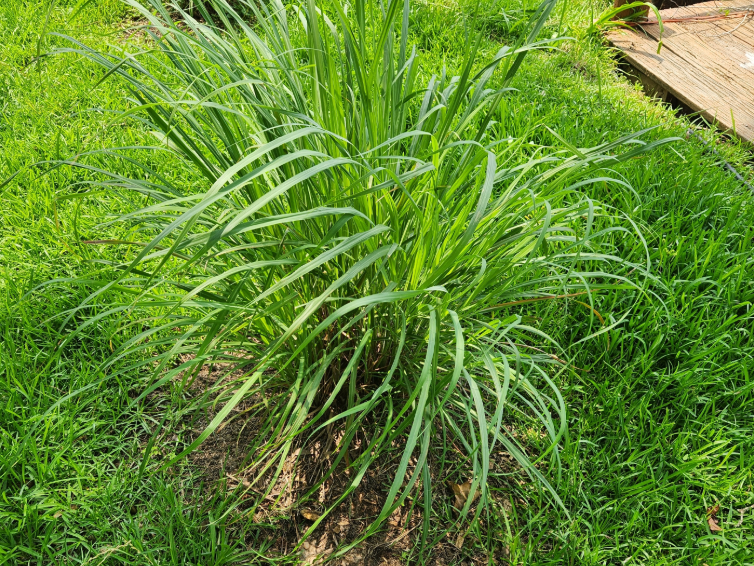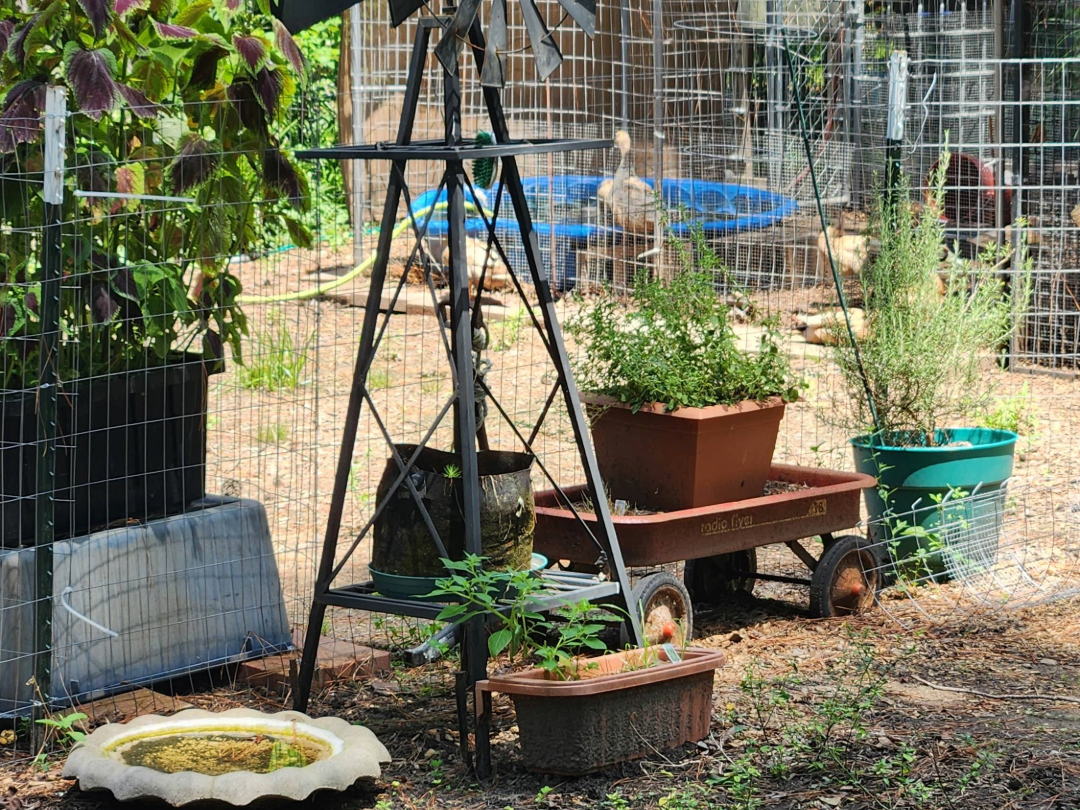Xeriscape gardens represent a harmonious fusion of aesthetic appeal and water conservation, designed to thrive in regions where water resources are scarce. Derived from the Greek word “xeros,” meaning dry, xeriscape gardens reimagine traditional landscaping by emphasizing drought-tolerant plants, efficient irrigation, and thoughtful design principles. These gardens are not only a response to the challenges of arid climates but also a celebration of the beauty that can be cultivated with sustainable, water-wise practices.
1. Plant Selection:
At the heart of xeriscape gardens is a carefully curated selection of plants that are adapted to the specific environmental conditions of the region. Drought-tolerant and native plants take center stage, showcasing an array of colors, textures, and forms. From resilient succulents and ornamental grasses to flowering perennials, xeriscape gardens prove that water efficiency does not compromise visual variety or vibrancy.
2. Water-Efficient Design:
Xeriscape gardens employ thoughtful design principles to optimize water use. Strategic placement of plants based on water needs, grouping together those with similar moisture requirements, minimizes water waste. The incorporation of hardscape elements, such as gravel paths and rocks, not only adds visual interest but also helps reduce evaporation and conserve soil moisture.
3. Efficient Irrigation Practices:
Smart irrigation practices are integral to xeriscape gardening. Drip irrigation and soaker hoses deliver water directly to the base of plants, minimizing runoff and evaporation. Timers and sensors ensure that water is applied at the most beneficial times, taking into account factors like temperature and soil moisture. This precision in irrigation not only conserves water but also promotes healthier plant growth.
4. Mulching and Soil Enhancement:
Mulching plays a crucial role in xeriscape gardens by reducing water evaporation, suppressing weeds, and moderating soil temperature. Organic mulches, such as bark or compost, also contribute to soil health by adding nutrients and improving structure. Well-amended soil with organic matter enhances water retention, creating a resilient foundation for plant growth.
5. Low-Maintenance Elegance:
Xeriscape gardens are celebrated for their low-maintenance attributes. Once established, these landscapes require less water, fertilization, and pruning compared to traditional gardens. The intentional selection of plants adapted to local conditions minimizes the need for extensive care, allowing xeriscape enthusiasts to enjoy a flourishing garden with reduced effort.
6. Environmental Stewardship:
Xeriscape gardens extend their impact beyond the immediate surroundings. By embracing water-efficient practices, they contribute to the overall conservation of water resources, promote soil health, and support biodiversity. Xeriscape gardening is not just about creating a visually appealing landscape; it’s about being a responsible steward of the environment.
Summary
In essence, xeriscape gardens are living examples of the art of thriving with less. Through a mindful selection of plants, efficient design, and water-wise practices, these gardens showcase the remarkable beauty that can emerge in even the most water-challenged landscapes. Xeriscape gardening becomes a testament to the possibility of creating lush, inviting spaces while preserving and respecting the precious resource of water.
As always you can follow along on Facebook!









